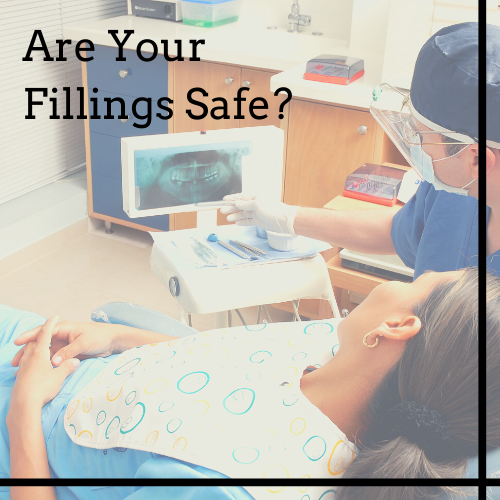
What exactly is dental amalgam?
It is a material mixture of metals (including silver, tin, & copper) and 50% of the mixture is mercury which allows for the reaction and binding of all other materials. This mixture is used as a dental filling for cavities caused by tooth decay and has been used for 150+ years.
What is a dental amalgam called?
The term dental amalgam is more commonly referred to as "silver fillings" due to their silver coloring.
What are people concerned about with "silver fillings"?
There has been a growing amount of concern about the mercury that makes up half of all fillings. Over-exposure to mercury can have adverse effects on the kidneys and brain. There are people that are worried about bioaccumulation of mercury.
What is bioaccumulation?
Bioaccumulation refers to the continual and consistent build up of a chemical in organs or tissue. This is the idea behind the over-exposure to mercury by eating certain types of fish on a regular basis.
Is the mercury concerns the same between mercury in fish and mercury in the dental amalgams?
In a short answer, No. There are several different chemical forms of mercury (learn more here). In addition, they would be absorbed in a different way (dental amalgams would be mercury vapor and absorbed by lungs whereas mercury in fish is processed and absorbed in the digestive tract). The body has different levels of tolerance for each type of method, makeup, and strength.
Is there any danger with my dental amalgams?
NO! After a great deal of study and tests the FDA has found that "Dental amalgam is one of the safest and most affordable and durable materials available." The materials used in the amalgam is one of the longest lasting filling materials and poses no threat to the body. "The weight of credible scientific evidence reviewed by FDA does not establish an association between dental amalgam use and adverse health effects in the general population. Clinical studies in adults and children ages 6 and above have found no link between dental amalgam fillings and health problems."
To learn more about the FDA findings click here.








